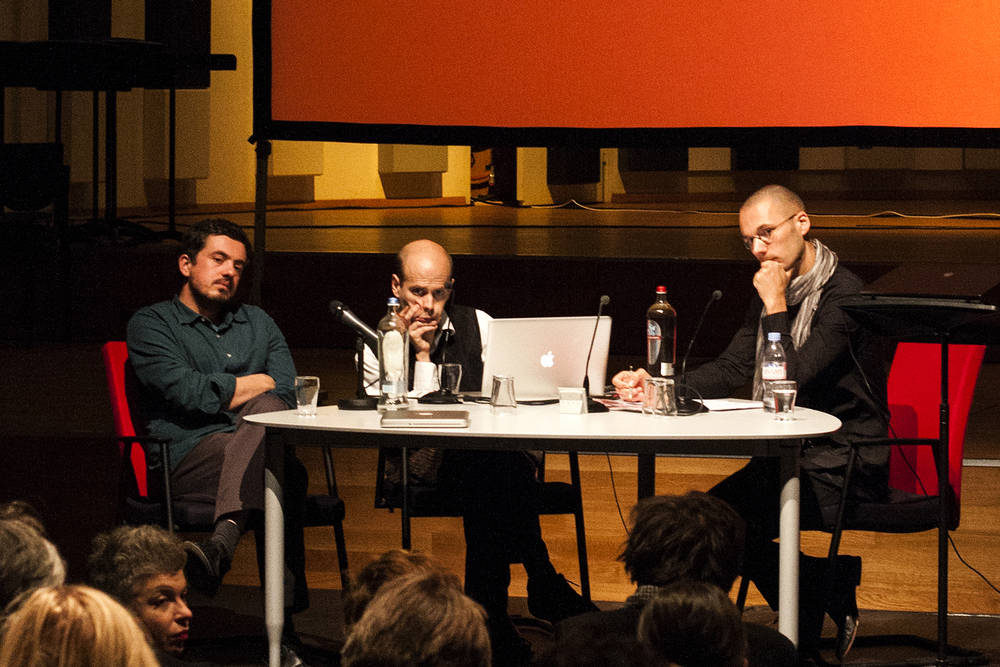Following the deliberations during Part One titled
Beyond What Was Contemporary Art (19–20 April 2012, Vienna), Part Two of the 3rd
FORMER WEST Research Congress bases its discussions on a question ushered in—somewhat unexpectedly—by theorist and curator
Irit Rogoff in her closing keynote address for Part One: “What on earth do they mean when they say art?” Admittedly a question that is as difficult as it is intriguing, it seems to be a critical one to pose and also to begin to answer as the hegemonic formations that held the imagination of the future hostage for the last 20-odd years are being dismantled. The chasm opening up before us is yet to be filled through a negotiation of meanings and (im)possibilities. At stake is the redefinition of the space of art beyond what we came to know as both product of—and propaganda for—neoliberal capitalism.
With contributions by Bassam el Baroni (curator and art critic, Alexandria),
Delaine Le Bas (artist, various locations, Europe),
Mihnea Mircan (curator and writer, Antwerp),
Rasha Salti (curator and writer, Beirut),
Jonas Staal (artist, Rotterdam), and
Stephen Wright (theorist, writer, curator, and researcher, Paris), among others. Part Two of the 3rd
FORMER WEST Research Congress follows the opening of the exhibition How Much Fascism? at BAK, curated by What, How & for Whom/
WHW.
The 3rd
FORMER WEST Research Congress, Part Two is developed by BAK, basis voor actuele kunst and co-curated by What, How and for Whom/
WHW and the
FORMER WEST curatorial team. The 3rd
FORMER WEST Research Congress, Part Two is realized in collaboration with Utrecht School of the Arts. It is generously supported by the Mondriaan Fund, Amsterdam and the EU Culture Programme, Brussels.
